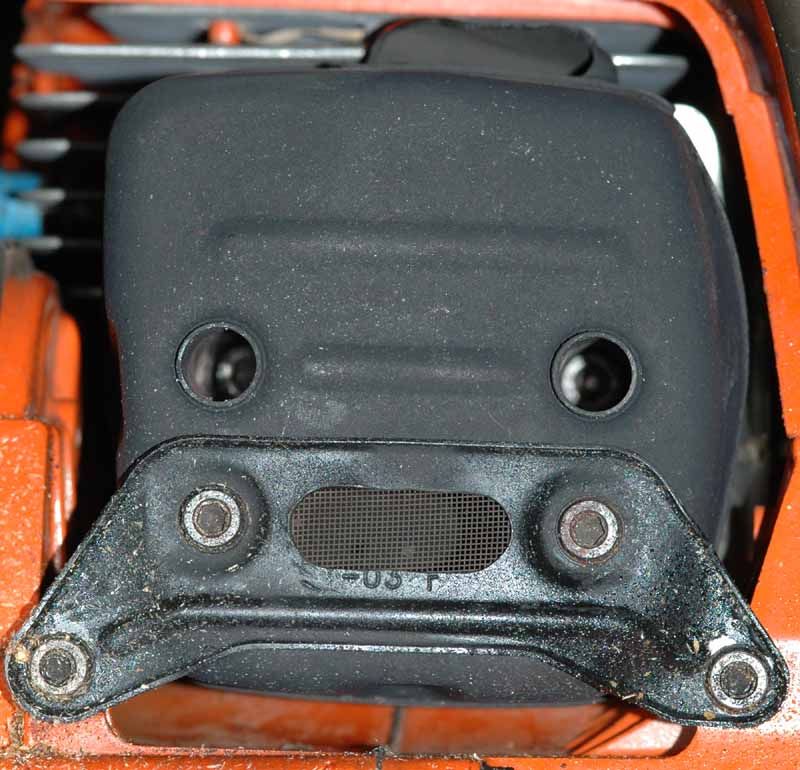WadePatton
ArboristSite Guru
I've got a 024 super, 2145, 2150, and a 2077 (in a few days) to play with.
I have some hot-rodding experience in 4-stroke, turbo diesels. My truck runs straight 4-inch exhaust off the turbo into 5-inch stacks. VERY little restriction except for the turbocharger. Keeps exhaust gas temps manageable, but is quite the loud thing. (all my trucks are well over 2x stock HP-dyno'ed).
(all my trucks are well over 2x stock HP-dyno'ed).
NOW on the two-stroke, is less restriction always better, or is some control over the exhaust gasses good for performance?
I have some hot-rodding experience in 4-stroke, turbo diesels. My truck runs straight 4-inch exhaust off the turbo into 5-inch stacks. VERY little restriction except for the turbocharger. Keeps exhaust gas temps manageable, but is quite the loud thing.
NOW on the two-stroke, is less restriction always better, or is some control over the exhaust gasses good for performance?





